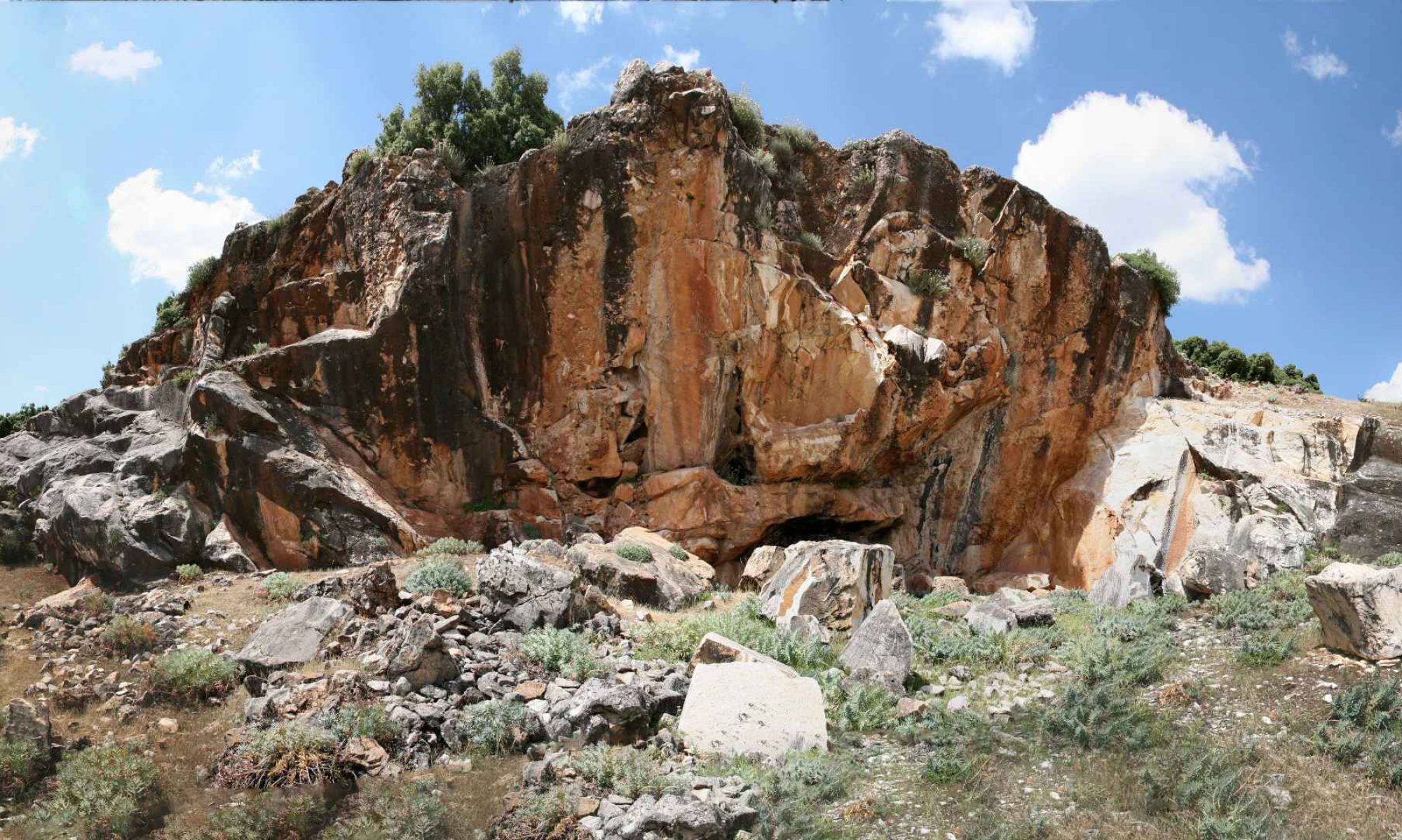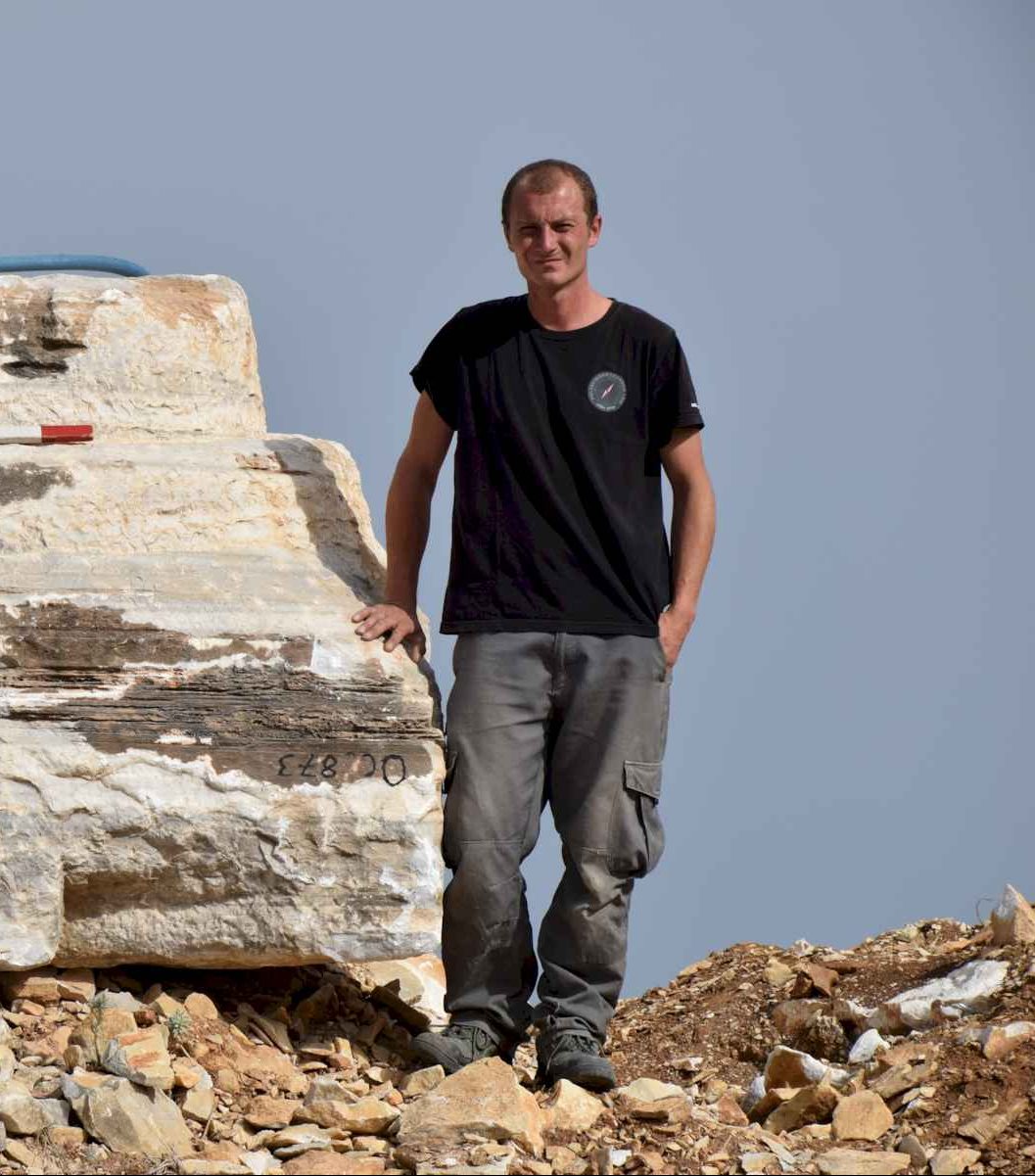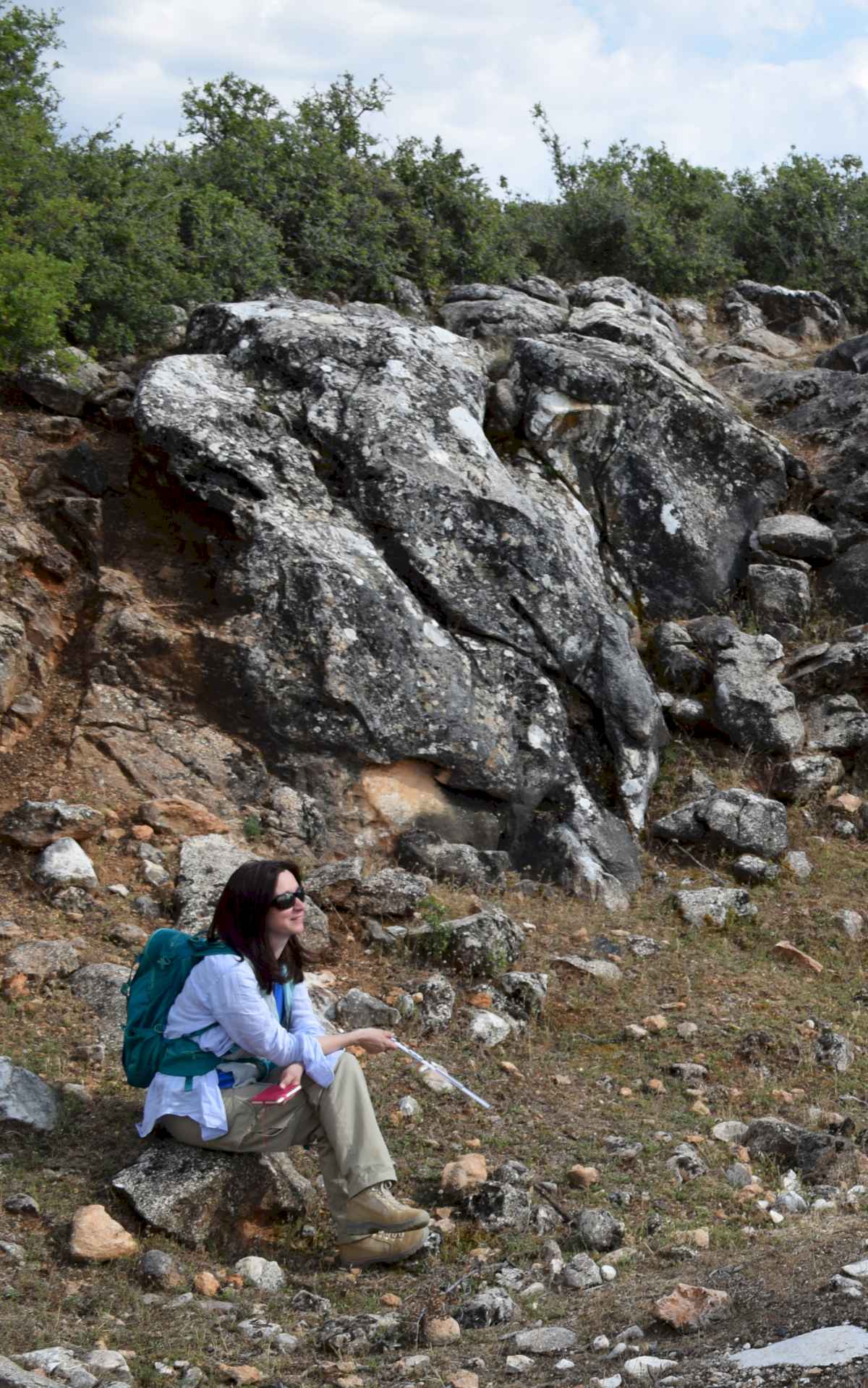
Dagmara Wielgosz-Rondolino (archaeologist) – director of the Marmora Asiatica project
Assistant Professor at the Faculty of Archaeology (Chair of Classical Archaeology) of the University of Warsaw. Since 1993 a member of the Polish Archaeological Mission in Palmyra headed by Michał Gawlikowski. PhD in Near Eastern archaeology from the University ‘La Sapienza’ in Rome. Adjunct Professor in Archaeology and Art History of Ancient Greece and Rome at the University Ca’ Foscari in Venice from 2002 to 2007, research fellow in KU Leuven in 2007–2009. Her research focus is on the Greco-Roman East with a major interest in Palmyra and on marble studies in a broader historical and archaeological/archaeometrical context. She has worked on excavations is Syria as well as in Cyprus, Lebanon, and Turkey. Recently, she has also led an excavation project in Egypt (Marea in the Mareotis region).
E-mail:dagmara.wielgosz@uw.edu.pl
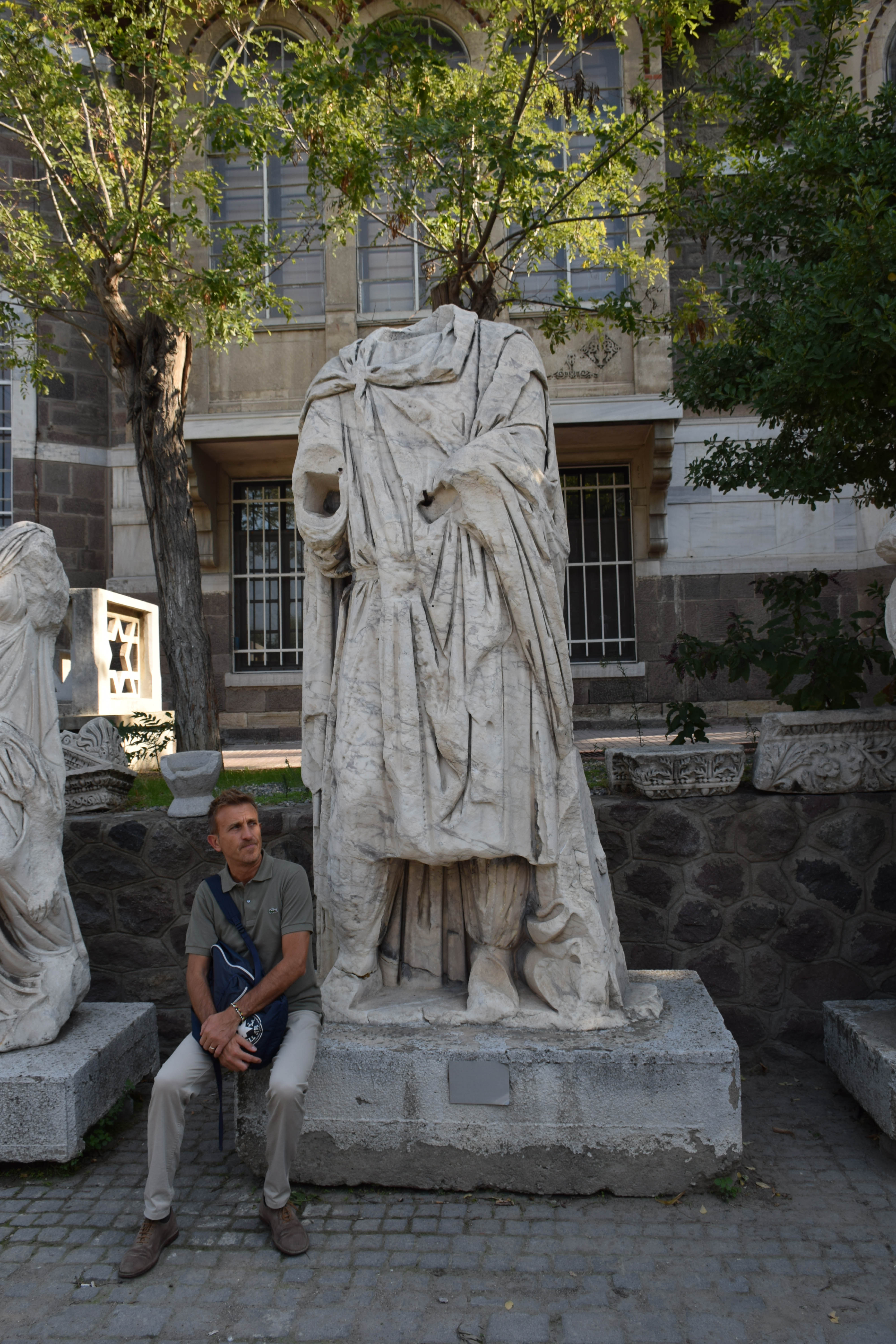
Fabrizio Antonelli (geologist)
Professor at the Department of Architecture and Arts of the Iuav University of Venice where he teaches applied petrography as well as mining geo-resources and mineralogical-petrographic applications for cultural heritage at M.Sc. and B.Sc. levels, respectively. PhD from the University F. Rabelais of Tours (France), awarded the Best PhD Thesis of the Year Award in 1998 from the Italian Society of Mineralogy and Petrology (SIMP). Since 2015 scientific head of the LAMA Laboratory for the Analysis of Ancient Materials, and the Laboratory for the Conservation of Building Materials (LabCoMaC) of IUAV University. His research focuses on characterization and provenance studies of ancient marbles, stones, ceramics, glass and mortars, as well as mineralogy and petrography applied to restoration and conservation of building and ornamental materials. Currently responsible for the Research Unit of the Iuav University of Venice in the HORIZON 2020 project ‘Hyperion: Development of a decision support system for improved resilience & austainable reconstruction of historic areas to cope with climate change & extreme events based on novel sensors and modelling tools (June 2019/December 2022)’. He has published over 100 peer-reviewed papers in reputed international and national journals and conferences.
E-mail:fabrizio.antonelli@iuav.it
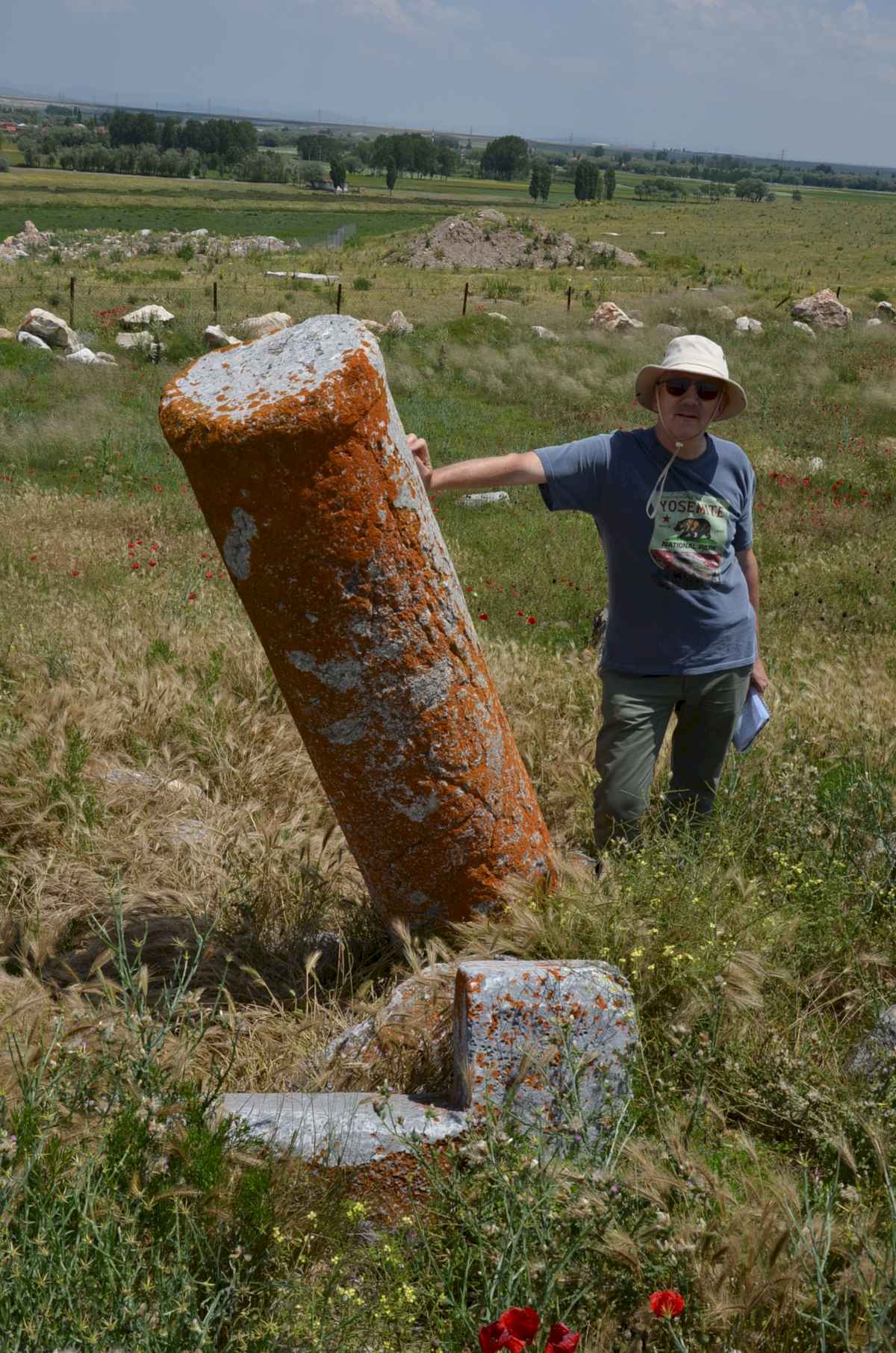
Bogusław Bagiński (geologist)
Professor at the Faculty of Geology (Chair of Geochemistry, Mineralogy and Petrology) of the University of Warsaw. Petrologist, mineralogist and geochemist. PhD (1995) and habilitation (2010) from the University of Warsaw. ic publications (over 50 in the most prestigious JCR journals).
Research interests are centred on hydrothermal alterations mobilising REE in accessory minerals of crystalline rocks. Cooperates with archaeologists, applying petrology to archaeological studies. Author of over 130 scientific publications (over 50 in the most prestigious JCR journals).
Research interests are centred on hydrothermal alterations mobilising REE in accessory minerals of crystalline rocks. Cooperates with archaeologists, applying petrology to archaeological studies. Author of over 130 scientific publications (over 50 in the most prestigious JCR journals).
E-mail:b.baginski1@uw.edu.pl
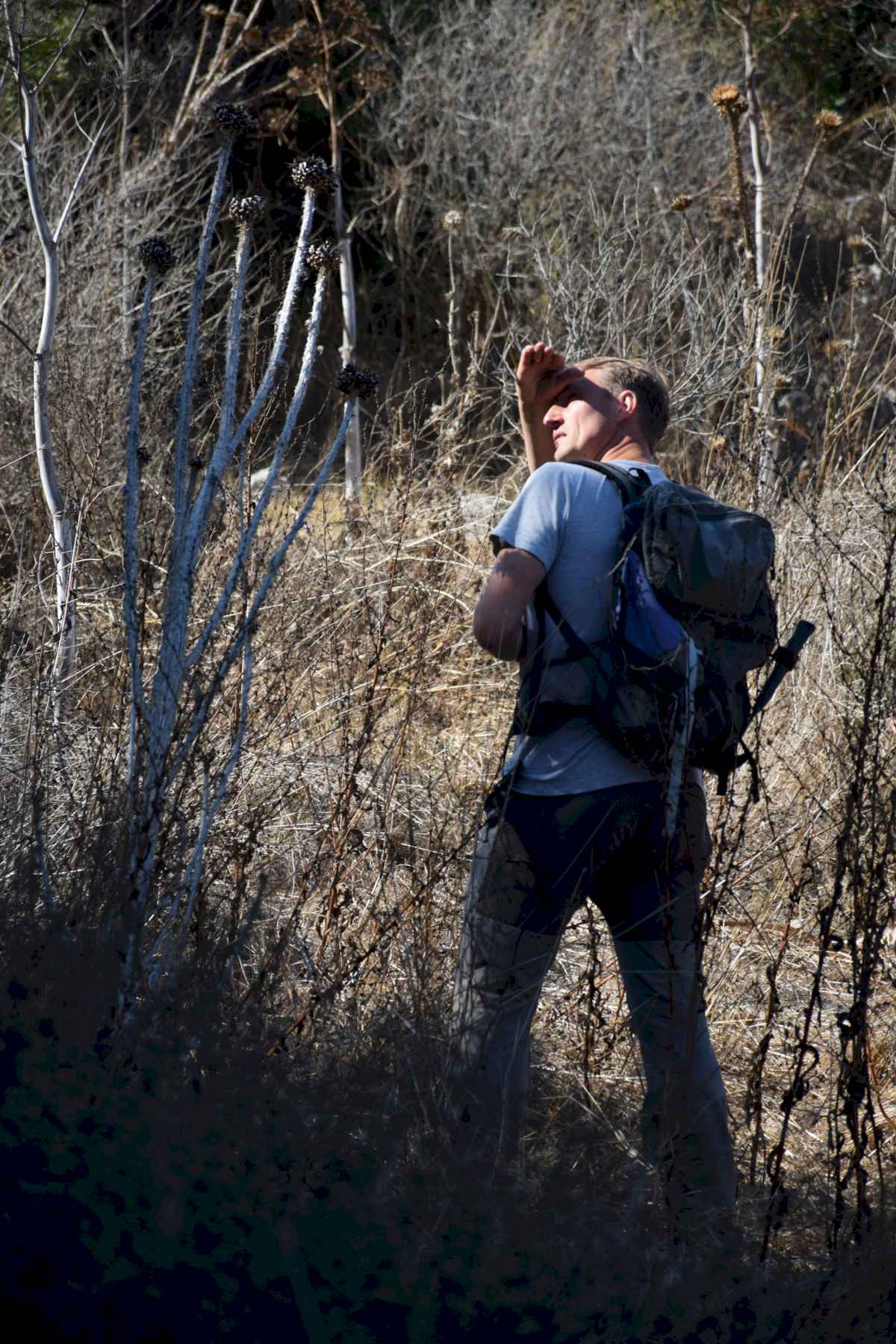
Maciej Bojanowski (geologist)
Professor at the Institute of Geological Sciences, Polish Academy of Sciences. Specializes in sedimentary petrology and geochemistry, focusing on carbonate rocks. PhD from the Faculty of Geology, University of Warsaw in 2005, habilitation at the Institute of Geological Sciences of the Polish Academy of Sciences in 2016. His scientific interests include sedimentology, diagenesis, palaeoceanography, and archaeometry. He applies petrographic and geochemical methods, isotopic analyses in particular, in studies on provenance and production processes of pottery and various stone artefacts, marbles in particular.
E-mail:mbojan@twarda.pan.pl
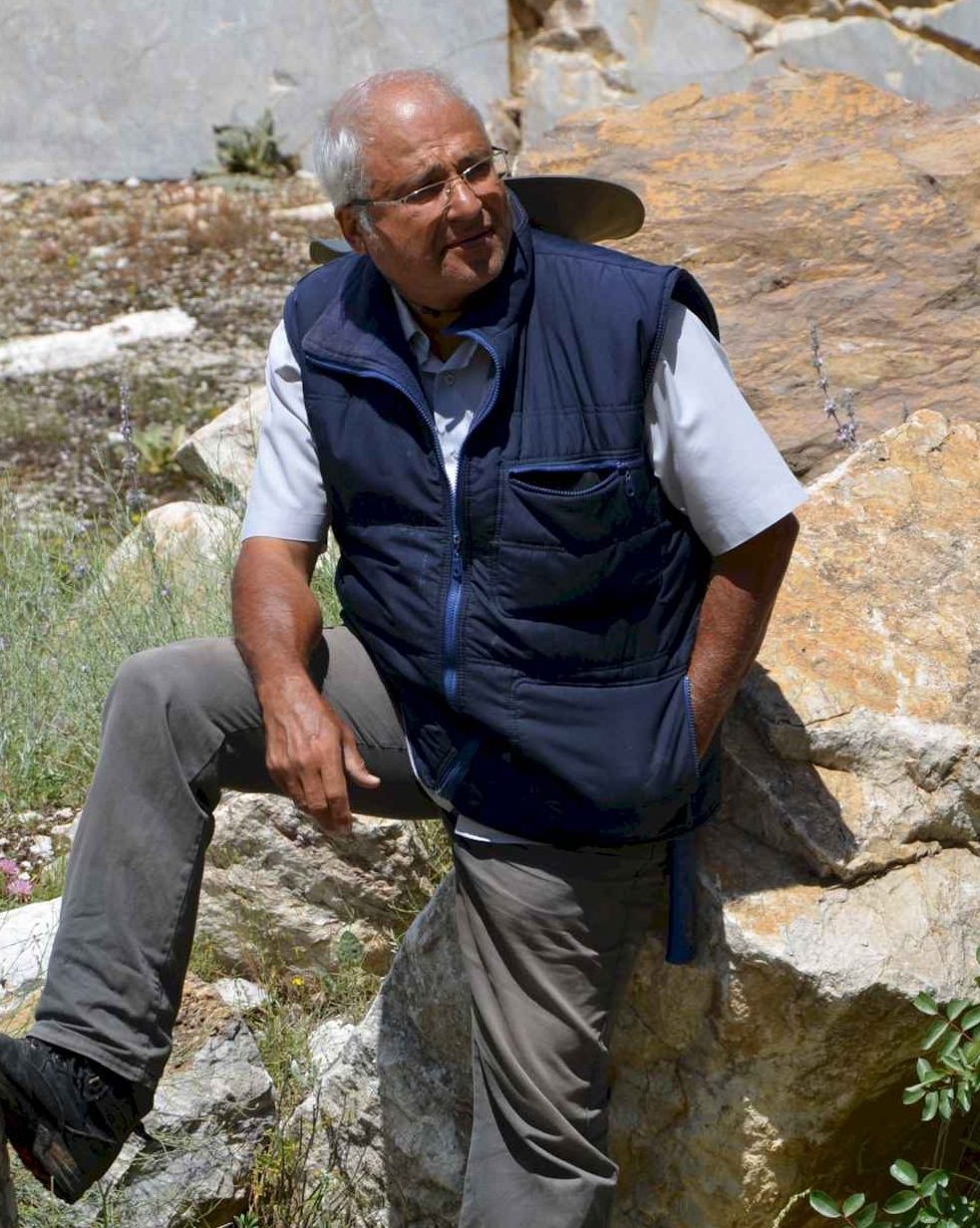
Demir Erkanol (geologist)
General Directorate of Mineral Exploration and Exploration (MTA), Ankara. Geology Engineer at the MTA between 1977 and 2017, specializing in mapping and exploration of natural stones, marble in particular. He has collaborated with experts from Germany and Japan on various projects and has published recently an inventory of types and textures of Turkish natural stone occurrences. Consultant and MTA representative in the Marmora Asiatica project between 2013 and 2016.
E-mail:demirerkanol@yahoo.com

Marcin Gładki (archaeologist)
Graduate of the Institute of Archaeology University of Warsaw and Military Academy of Technology. Field archaeologist and surveyor, co-founder and co-owner of Polish and Norwegian economic initiatives in the field of archaeology and architecture (Past and Koordinat As), Chairman of the Board of the Dajna Foundation since 2013. On the staff of the Institute of Archaeology at the University of Warsaw and the National Heritage Board of Poland in 1999–2004. Specializing in Bronze and early Iron Age archaeology on the south-eastern Baltic coast, expert in GIS, mapping and remote sensing–laser scanning, photogrammetry and 3D modelling. Leader, coordinator and participant of numerous international projects for the revitalization of historic buildings. Focused on implementing modern techniques of documentation in the fields of archaeology and cultural heritage preservation.
E-mail:marcin_gladki@poczta.onet.pl
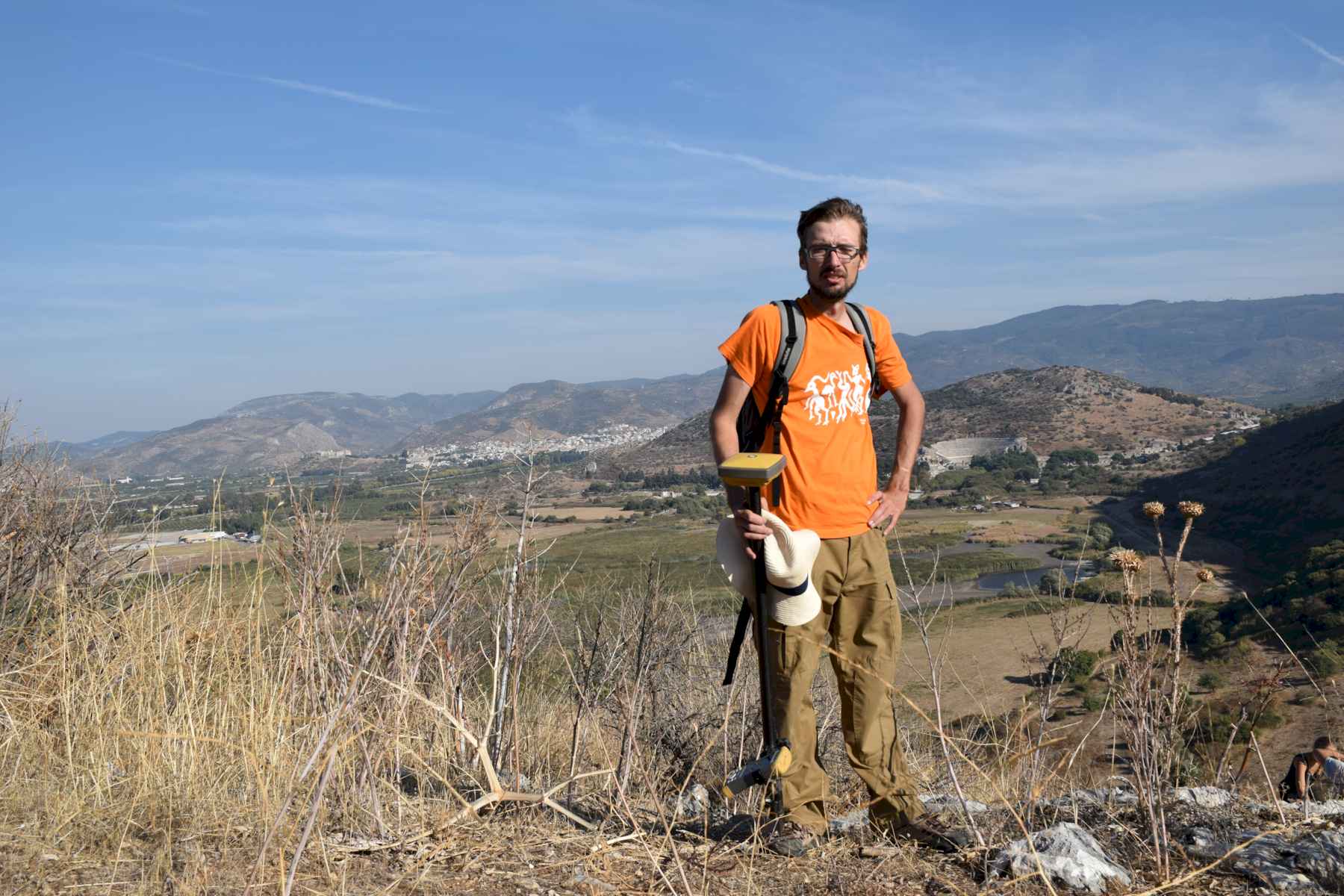
Mariusz Gwiazda (archaeologist)
Faculty of Archaeology at the University of Warsaw. PhD from the University of Warsaw. He specializes in the archaeology of the Greco-Roman Near East. His current work focuses on dwelling architecture, craftwork and use of marble in Byzantine-period Syro-Palestine. He has taken part in excavations in Egypt, Lebanon, and Turkey.
E-mail:mariusz.gwiazda@gmail.com

M. Cemal Göncüoğlu (geologist)
Prof. Dr. (Emeritus) Middle East Technical University, Ankara. Geologist specializing in igneous and metamorphic petrology and geochemistry. His main field of research is geology and geodynamic evolution of Turkey and its environs. Other scientific interests include field geology, geochronology, petrofabrics, isotope geology, applied mineralogy and archaeometry. Project leader in numerous international geological research projects.
E-mail:mcgoncuoglu@gmail.com
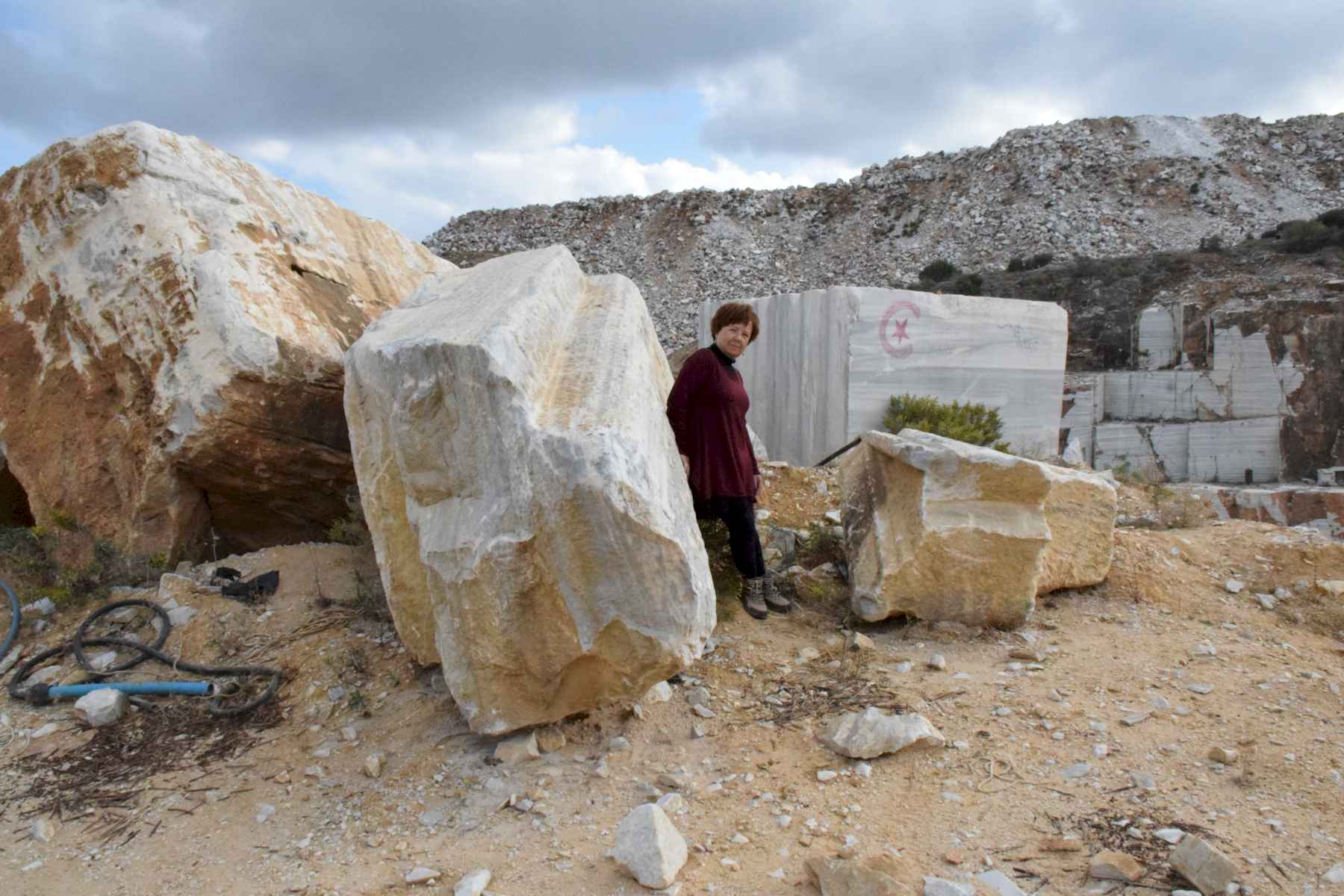
Yakut Göncüoğlu (geologist)
General Directorate of Mineral Exploration and Exploration (MTA), Ankara.
Palaeontologist specializing in biostratigraphy and dating, especially of Palaeozoic carbonate rocks by conodonts. She is retired from the MTA Department of Palaeontology.
Palaeontologist specializing in biostratigraphy and dating, especially of Palaeozoic carbonate rocks by conodonts. She is retired from the MTA Department of Palaeontology.
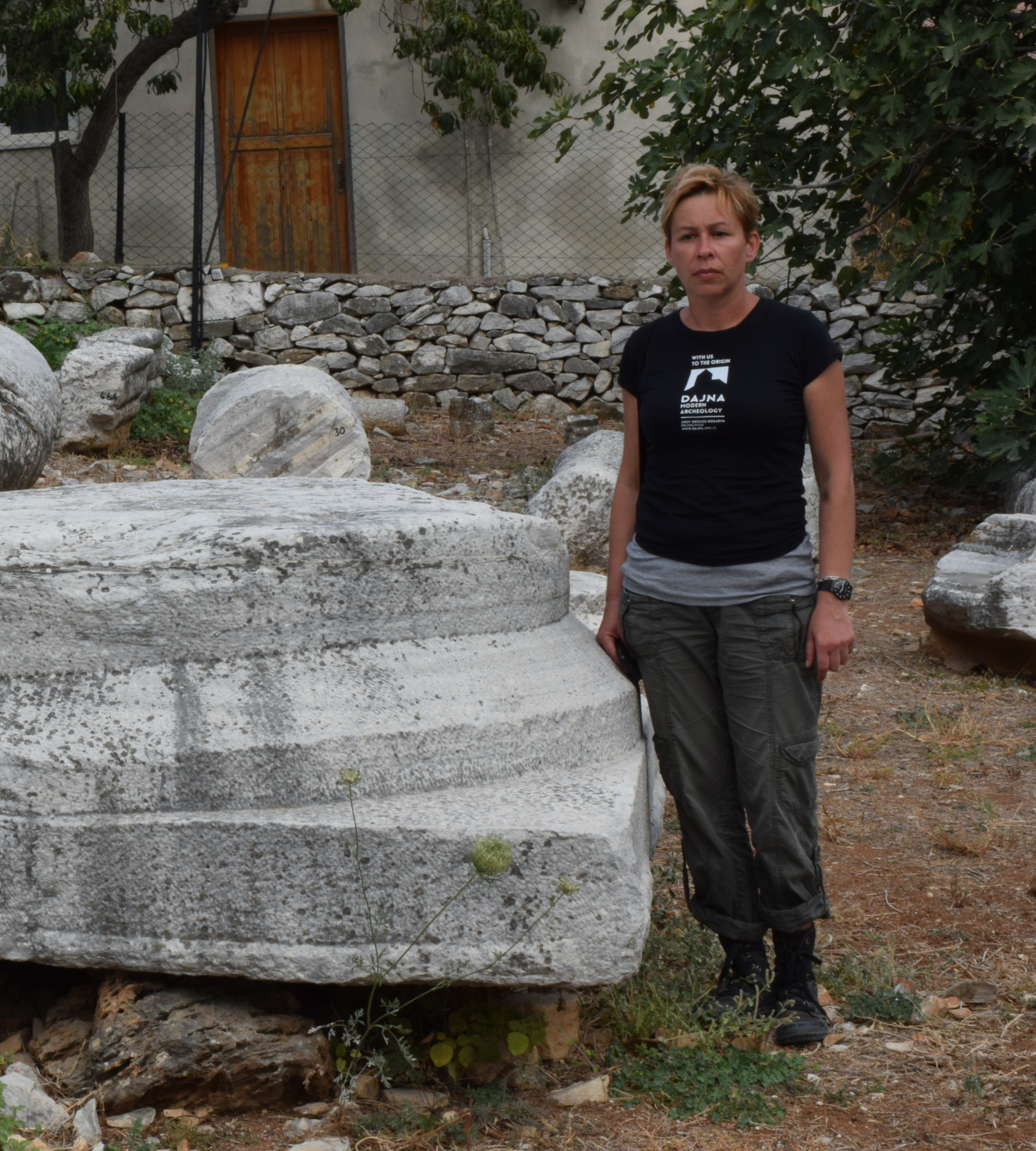
Agnieszka Jaremek (archaeologist)
Graduate of the Maria Curie Skłodowska University in Lublin. Archaeologist and academic teacher at the University of Warsaw (2000–2013), co-founder and co-owner of Past, consultant at the Krakowski Zespół do Badań Autostrad (Cracow Team for Archaeological Supervision of Motorway Construction) in Cracow and the Polskie Pracownie Konserwacji Zabytków (Polish Studios for Conservation of Cultural Property) in Warsaw. Expert in methodology of archaeological excavations, stratigraphy, and pottery analysis. Project leader and author of papers focused on settlements from the early Iron Age and medieval periods. Head of the Jeziorko (2003–2009) and Łężany (2011–2017) archaeological expeditions, vice-president of the Dajna Foundation.
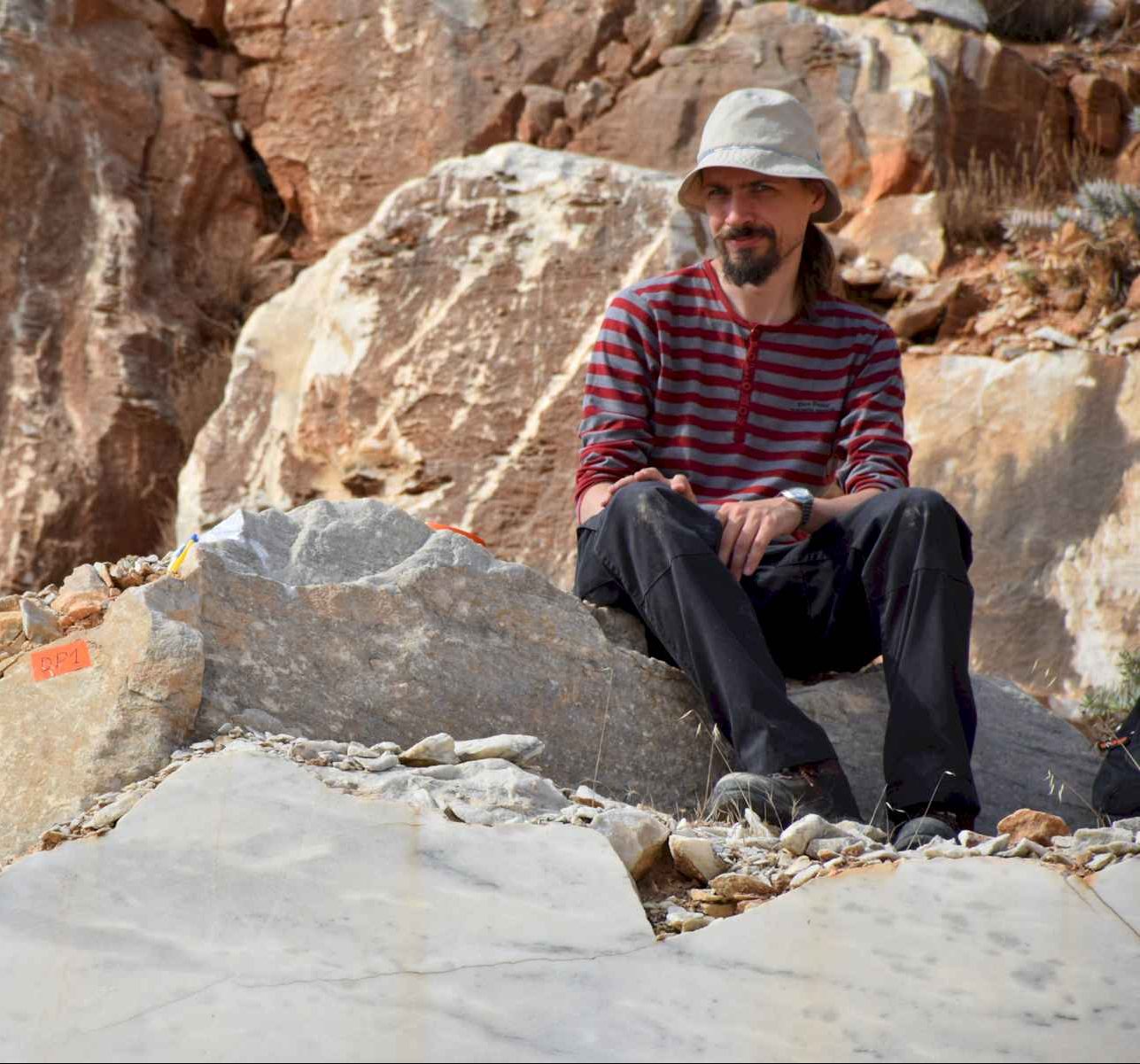
Petras Jokubauskas (geologist)
Petrologist and mineralogist. PhD from the University of Warsaw in 2018. His research is focused on the development of chemical microanalysis techniques (SEM, EPMA). Operates a highly advanced Cameca EPMA SX Five FE microprobe at the Institute of Geochemistry, Mineralogy and Petrology. Author of over 20 scientific publications (mostly in prestigious JCR journals).

Güzin Karaköy (archaeologist)
Representative of the Ministry of Culture and Tourism of the Republic of Turkey.
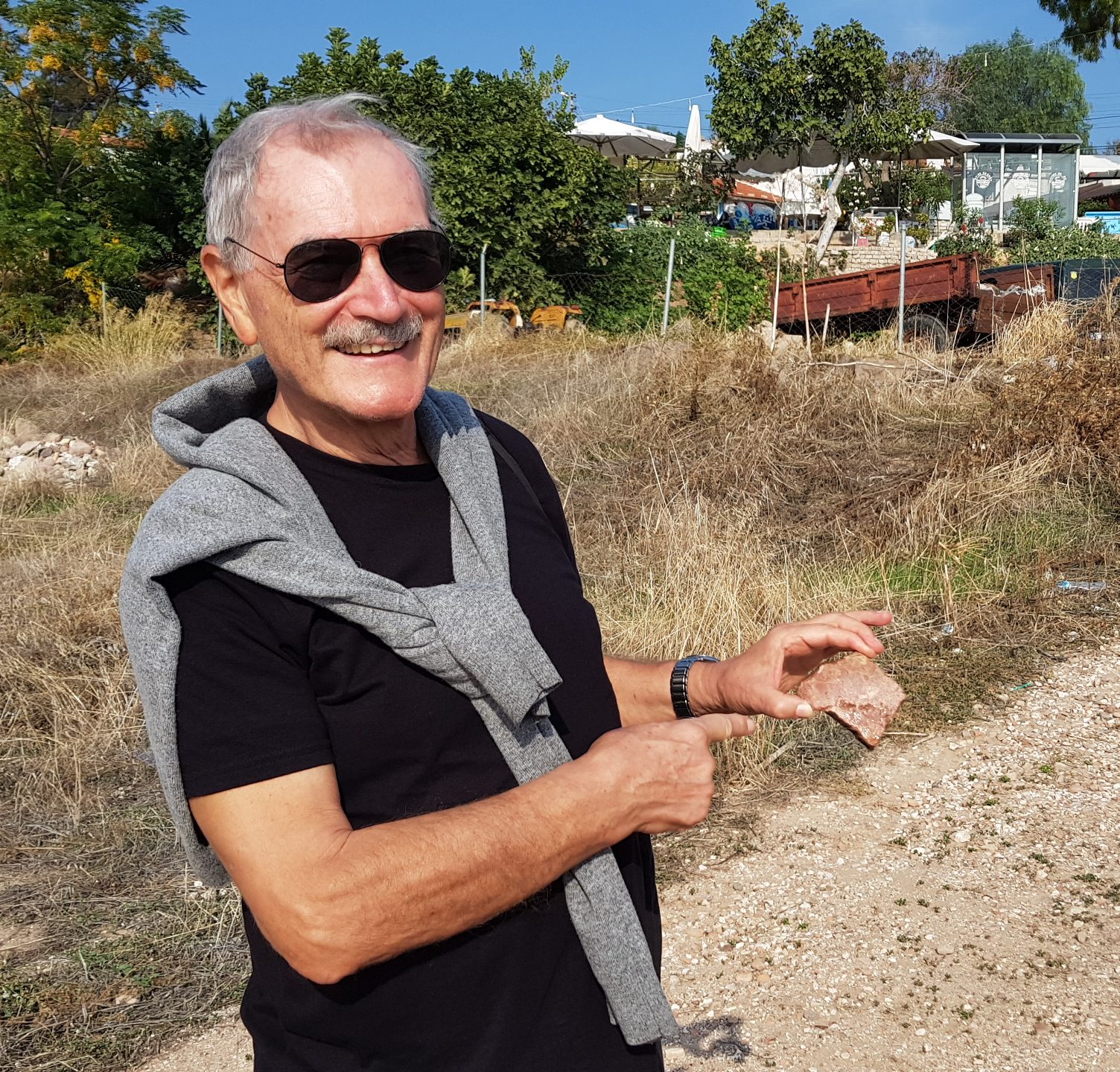
Lorenzo Lazzarini (geologist)
MA in Geological Sciences from the University of Padua (1974) with a pioneering dissertation on mineralogy applied to the study of ancient pottery and diploma in the Conservation of Artistic Patrimony from the same university. Co-founder and geologist at the scientific Laboratory of the Soprintendenza ai Beni Artistici e Storici di Venezia from 1979 to 1987. Associate Professor of Applied Petrography at the University la Sapienza of Rome from 1987 to 1993; co-founder and director until retirement in 2014 of LAMA (Laboratory for the Analysis of Ancient Materials) at the IUAV University of Venice. Full Professor of Applied Petrography (2000–2014), currently member of the LAMA Scientific Council. His most important achievements include a systematic investigation of painting materials and techniques of the most important Venetian Masters, among others Titian; archaeometric studies of proto-historic pottery from Ebla and Tell Afis (Syria), and of various other Greek (Locrian and Sicilian pinakes) and medieval (Roman, Byzantine, Venetian) glazed ceramics; characterisation of white and polychrome marbles from ancient Greek and Roman quarries, and contribution to establishing reference databases for the identification of classical marble artefacts; rediscovery of the origin of a dozen or so important polychrome stones used in Classical antiquity; study of the deterioration and conservation of several monumental stones. Author of three monographs and about 450 scientific papers, editor of the international, peer-reviewed journal ‘Marmora’, dealing with archaeology, architecture, archaeometry and history of ancient marbles.
E-mail:lorenzo@iuav.it

Leah Long (archaeologist)
Instructor of Art History at Arkansas State University. MA in Classics from New York University and PhD in Classical Art and Archaeology from the University of Michigan. Since 2003 active in archaeological field projects in Turkey; member of the Aphrodisias Excavations and Aphrodisias Regional Survey projects, now with the Marmora Asiatica Project. Her research focuses on Greco-Roman stone exploitation and the interface with urbanism, economy, and artistic production in the ancient world. Previously a lecturer in the Classics Department at McMaster University and the Art History Department at Virginia Commonwealth University in Qatar.
E-mail:llong@astate.edu

Sara Mandera (geologist)
Graduate in geology and mining from the Faculty of Geology, Geophysics and Environmental Protection at the AGH University of Science and Technology in Kraków (MEng, 2016) and geology from the Faculty of Geology at the University of Warsaw (MSc, 2018). MA thesis Petrographic characteristics of white and grey marbles from the Marmara Island, Turkey prepared within the frame of the Marmora Asiatica Project. Doctoral student at the Institute of Palaeobiology of the Polish Academy of Sciences (PAN). In 2019 and 2020, member of the American-Polish archaeological mission in Berenike.
E-mail:sarmander@gmail.com
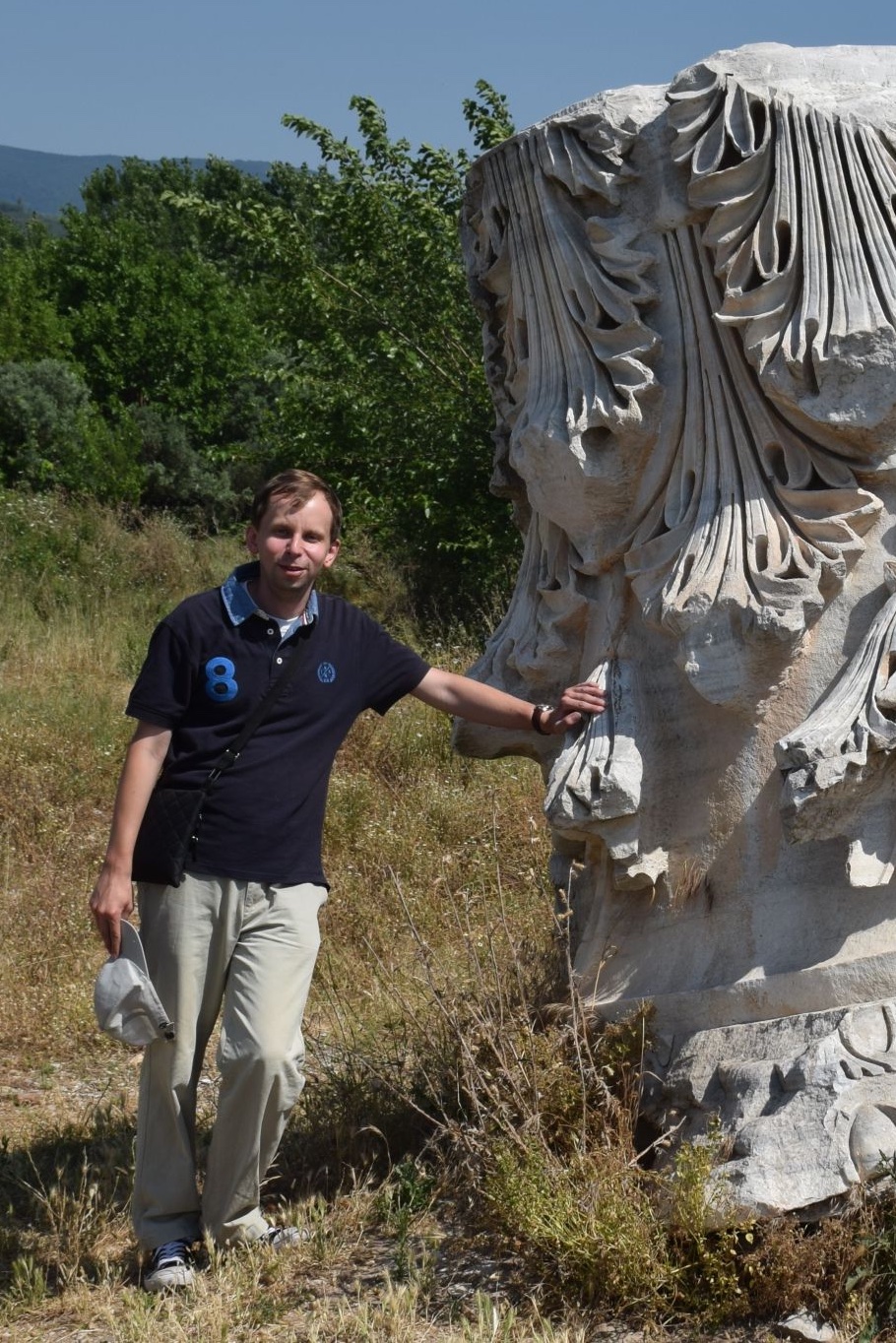
Paweł Nowakowski (historian and epigraphist)
Assistant professor at the Faculty of History, University of Warsaw. Paweł specialises in the epigraphy of the Late Antique period. He earned his Ph.D. from the University of Warsaw in 2015. Subsequently, he held a postdoc position at the University Oxford (2015–2018). Paweł has been occupied with publishing inscriptions since 2013. He was also the PI of the research project on the use of inscriptions as an instrument of the cult of saints in Anatolia, funded by a “Preludium” grant of the National Science Centre, Poland, and a scholarship holder of the “Start” programme of the Foundation for Polish Science. His current research deals with the choice of language in building and dedicatory inscriptions from Syria, Palestine, and Arabia, and with inscriptions documenting early Christianity (in particular, the rise and development of the cult of saints). He is also involved in graffiti studies. For his current project, Epigraphy and Identity in the Early Byzantine Middle East, also funded by the National Science Centre (Sonata grant), see the project website.
E-mail:pawel.nowakowski@uw.edu.pl
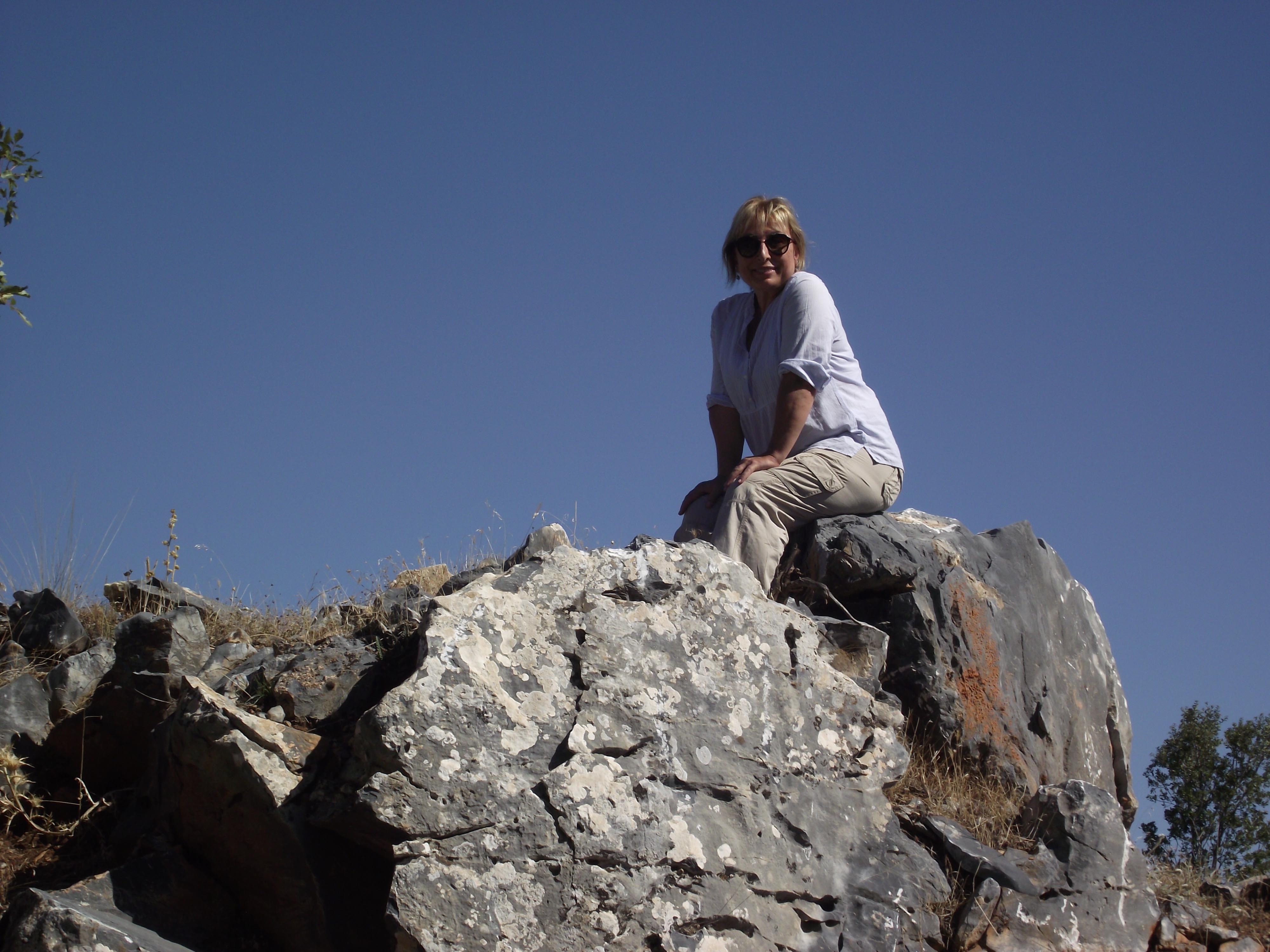
Nilgün Şentürk (archaeologist)
Representative of the Ministry of Culture and Tourism of the Republic of Turkey.
